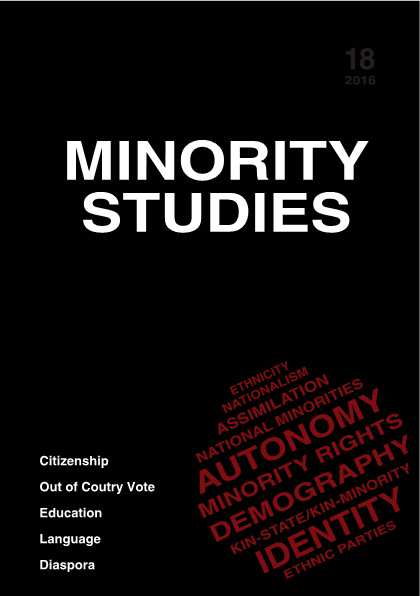Increasing Marginality, Ethnic Parallelism and Asymmetric Accommodation. Social and Political Processes Concerning the Hungarian Community of Transylvania
Increasing Marginality, Ethnic Parallelism and Asymmetric Accommodation. Social and Political Processes Concerning the Hungarian Community of Transylvania
Author(s): Tamás KissSubject(s): Inter-Ethnic Relations, Ethnic Minorities Studies
Published by: Lucidus Kiadó
Keywords: marginality; Transylvania; National minorities;
Summary/Abstract: Our paper outlines some of the major social and political processes affecting Transylvanian Hungarians. It is a progress report relying on empirical investigations carried out mainly within the framework of the Romanian Institute for Research on National Minorities. It will focus on problem areas and will underscore some of the policy and political challenges the ethnic elites of this community have to face. Our first thesis is that social and demographic processes are not independent from political-institutional structures framing the everyday life of a minority community. In this sense, the all-embracing power asymmetry between minority and majority categories characterizing modern nation states is of central importance. Andreas Wimmer highlighted that the question of “Who owns the state?” (in ethnic terms) is crucial, even if largely ignored in the social sciences. The importance of this question is due to the fact that modern nation states have created new mechanism of social exclusion, namely they have systematically privileged the titular ethnic groups. Brubaker et al. analyzing the everyday relations between Romanians and Hungarians in Cluj/Kolozsvár also highlighted the deeply asymmetric nature of this relation and emphasized that this asymmetry has sever demographic and social consequences on the long term. The first part of our paper will describe major macro-social and demographic trends from this perspective, highlighting some of the consequences of the power asymmetries.
Journal: Minority Research
- Issue Year: 2015
- Issue No: 18
- Page Range: 33-69
- Page Count: 37
- Language: English

